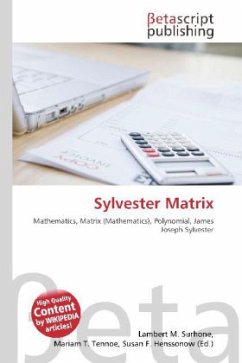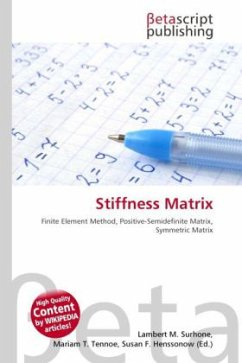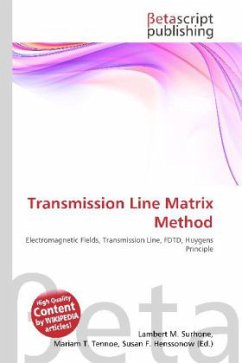Please note that the content of this book primarily consists of articles available from Wikipedia or other free sources online. An item in a matrix is called an entry or an element. The example has entries 1, 9, 13, 20, 55, and 4. Entries are often denoted by a variable with two subscripts, as shown on the right. Matrices of the same size can be added and subtracted entrywise and matrices of compatible sizes can be multiplied. These operations have many of the properties of ordinary arithmetic, except that matrix multiplication is not commutative, that is, AB and BA are not equal in general. Matrices consisting of only one column or row define the components of vectors, while higher-dimensional (e.g., three-dimensional) arrays of numbers define the components of a generalization of a vector called a tensor. Matrices with entries in other fields or rings are also studied.
Bitte wählen Sie Ihr Anliegen aus.
Rechnungen
Retourenschein anfordern
Bestellstatus
Storno








